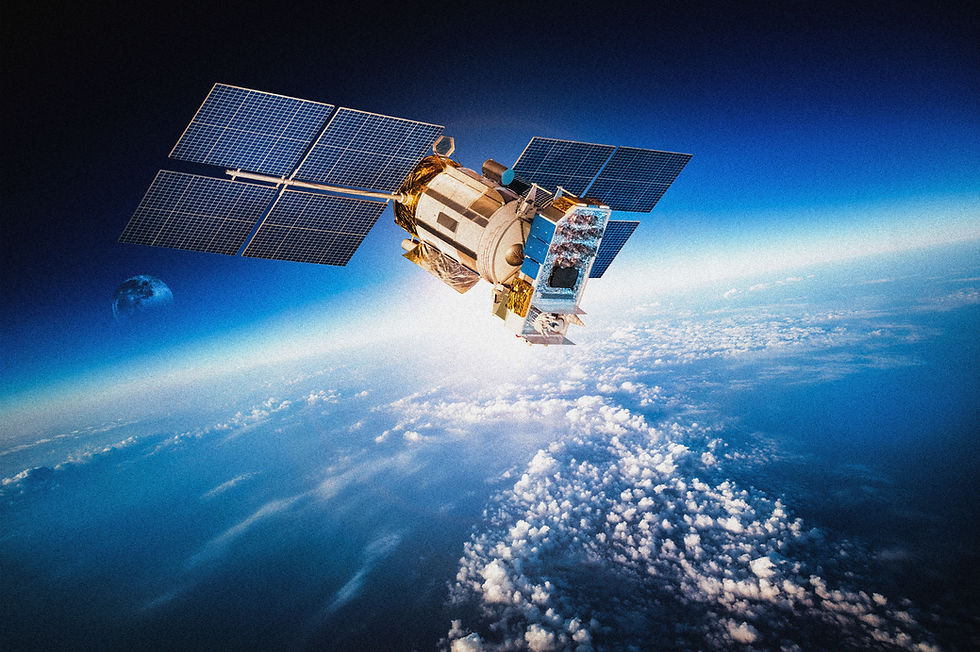Space Medicine: The Challenges and Rewards of Venturing into Unexplored Territories
By Yoshika Saito
6th Year Medical Student, Kyoto University

The Academic Discipline of "Space Medicine"
I am a medical student studying in Kyoto. In this article, I would like to discuss the field that I am actively engaged in - "Space Medicine."
Have you ever aspired to journey into space? Space is an exceedingly unique and hazardous environment, characterized by radiation, microgravity, and vacuum conditions. It induces unexpected changes in our bodies, such as alterations in body fluid distribution and vision impairment. To ensure the general populace can safely venture into space, it is imperative to guarantee medical safety.
This is where "Space Medicine" comes into play. It's an academic field that focuses on safeguarding the health of individuals involved with space, and conducting medical research related to the space environment. When it comes to health management, there are dedicated physicians for astronauts who provide support from pre-flight preparations to post-return recuperation.
The aspect of research that is particularly fascinating lies in the dramatic transformations brought on by weightlessness. I recall the astonishment I experienced when I witnessed a distinct alteration in cellular gene expression merely three days into an actual experiment conducted in microgravity.
The Challenge is the Limited Number of People who Travel into Space.
Driven by my desire to delve deeper into the current state of space medicine, I sought insights from various individuals - researchers, corporate officials working with NASA, members of the Self-Defense Forces, and stakeholders in the field of artificial satellites. They all echoed a consistent sentiment - the challenge is the limited number of individuals who venture into space.
Even in 2021, there were only 19 professional astronauts and 29 space tourists. Progress in research and development can be slow, and conflicts may arise. Moreover, according to Mr. Keitaro Ushirogata of the Self-Defense Forces, the future of space exploration is likely to be dominated by automation and unmanned operations, which could decrease the need for professional astronauts.
Then, we are left with no choice but to pin our hopes on an increase in space tourism, though it seems likely that this will take some time. Until then, what should we do?
It is said that for the advancement of an academic discipline, three components are necessary: the place where the discipline is conducted, books in which the discipline is contained, and people. Space medicine lacks all three. There are only a handful of laboratories. Moreover, there are only two or three books in Japanese on the subject, most of which are introductory guides for beginners.
Two Initiatives for Space Medicine
Therefore, I am currently undertaking two major initiatives: (1) Connecting students with space medicine, and (2) Creating textbooks. Regarding the first initiative, I am leading a student group called the "Space Medicine Japan Youth Community," which boasts over 350 members, and managing various lectures and events. Our study tours, which include visits to facilities like JAXA and the Aerospace Medical Research Team of the Self-Defense Forces, are especially popular and consistently fully booked.
Participants are thrilled by the actual experimental apparatuses, the lecturers' talks, and the appearances of special guests who they would not ordinarily have the chance to meet. They return home inspired, with desires to become like the instructors or special guests they've encountered.
When joining, students who initially express a casual interest in space medicine—saying it "seems kind of interesting"—often end up saying they plan to study with Professor X or delve into topic Y after learning more about the field. They might express their dreams about progressing to a particular graduate school. Seeing them make these specific plans and articulate their aspirations is deeply rewarding to me.
For the second initiative, I am contemplating the creation of a Japanese textbook and have begun by undertaking the translation of an authoritative English textbook, which could be regarded as a bible in this field. Around 50 members of our student group have been grappling with the English text, making it a large project that involves faculty members as supervisors.
However, when I approached publishing companies with the idea, they invariably responded with, "This is interesting, but how well would it sell?" I am caught in a dilemma; the development of the discipline is needed to increase demand, but for that development, we need books. Despite this, I realize we must somehow break through this impasse, and so I am continually engaged in fundraising and negotiations.
The Rewarding Contribution that Even Students can Make
Space medicine is an emerging field, and the rewarding aspect is that even a student's modest efforts can make a significant contribution. I also appreciate that we're not limited by our student status, that there's no cap saying "you can only do this much because you're a student."
Perhaps because of this, there are a considerable number of students involved. In last year's conference, over 30 students participated in a venue with around 300 attendees and took charge of the first session. I am grateful to be surrounded by such capable colleagues and am now aiming to enhance my own expertise and contribute to the field.
Currently, I'm planning to specialize in radiology to learn more about radiation exposure while researching the health effects of cosmic radiation. As a medical intern, the time I can allocate to this will inevitably be limited for a few years. Still, I hope to continue my involvement by attending conferences with peers and maintaining my engagement in the field.
* This article has been reprinted and translated from the Japanese original text published in Web Medical Times.

Comments